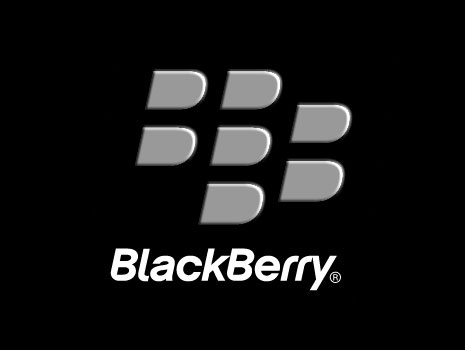
BlackBerry, just like any other smartphone manufacturer, has to reduce the price of its brand to cater markets of the developing countries where the number of users is very high, but their capability to afford a high-end phone is not that powerful. Even before the launch of BlackBerry’s new Z10 smartphone, there had been reports that the company would introduce cost-effective models of the smartphone or give subsidy so as to penetrate in the bigger markets.
BlackBerry has not drifted away from its stance. But make no mistake by assuming that the Canadian-based company is going to compromise its brand value to attract new users. BlackBerry has made it clear that it would certainly try to increase its customer base by offering low-cost phones, but the company would not drop the cost of the phone to the level of $50 to $60.
Answering a question during a conference recently, BlackBerry chief Thorsten Heins made it clear that he is not going to compromise the brand value by significantly dropping the product price. He said, via Bloomberg:
“Understand where you are playing and resist being talked into segments that you know will not serve your purpose and will not result in shareholder value. You will not see us getting into the 50-, 60-buck phone segment. This is not BlackBerry.”
BlackBerry was initially launched in the U.K., Canada, and the U.A.E. It was later made available in different European and Asian markets. It was made available in India at an unsubsidised rate, and although the general impression is that the users in the country tend to incline more towards low-end and cost-effective phones, the response BlackBerry received was surprisingly encouraging. This might have supported the company’s ambitions to maintain the brand value by not dropping the product price significantly.
BlackBerry’s free instant messaging service is apparently attracting customers in India. The users get an elegant smartphone, which is not very cheap, but has lower price as compared to Apple. In the days to come, BlackBerry is going to come up with new products with an intent to penetrate Asian markets, which is currently dominated by Samsung and other Android-using smartphones. Heins said:
“You will see new products being launched this year based on BlackBerry 10, all fully LTE-capable, the whole 10 yards, that are more geared towards those price bands where people need to be.”